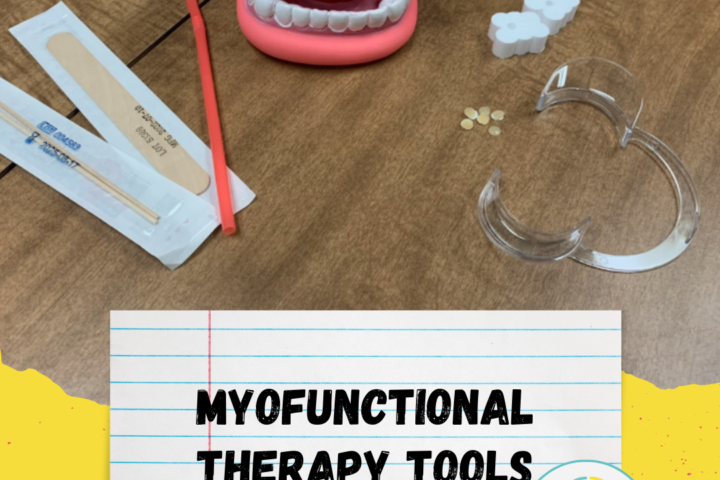Well, well, well, it has been a minute since I’ve done a blog post! I’m very excited, though, that my triumphant return to blogging is a post about tongue ties (or if you’re fancy, ankyloglossia).
If you are a parent of a small child, there is a good chance that this term has been thrown around in your home or at a doctor’s appointment. In the most basic terms, tongue ties are when the piece of tissue connecting one’s tongue to the bottom of their mouth is too short, thick, and/or tight. Typically, the treatment for a tongue tie is to have it released, or “clipped,” by a medical professional with pre and post treatment with a trained SLP or another orofacial myofunctional professional. However, in recent years, intervention for tongue ties and tongue tie remediation has become somewhat controversial.
Listen. I’m probably going to catch some heat for this one, but as your friendly neighborhood speech-language pathologist, I think it’s important that parents make informed decisions, no matter what they ultimately decide.

There are many signs and symptoms of a tongue tie in a baby. However, they need to be viewed holistically – are there any other things going on? Does the baby have any other difficulties?
Some signs and symptoms of a tongue tie in a baby may include:
- Poor range of motion of the tongue (can’t move the tongue side-to-side, up and down, or in and out very well)
- A v-shaped notch on the tip of tongue when it is sticking out
- Poor latch
- Distressed eating (fussy, clicking when eating, feeding for long periods of time frequently, dribbles milk out of mouth, choking or coughing when eating)
- Poor weight gain
- May develop colic
If the child is breastfed, the breast feeding parent may experience significant pain with breastfeeding. They may also experience a reduced milk supply, mastitis, and oversupply of milk due to frequent nursing.
If a tongue tie is not detected or not remediated in a baby, different signs and symptoms may creep up in school-aged or older children. These can include:
- Speech sound errors (especially with /t/, /d/, /z/, /s/, “th”, “sh,” “ch,” /r/, and /l/)
- Swallowing difficulties
- Super messy eating
- Tooth decay or gingivitis (unable to clear food from mouth when eating)
- Difficulty moving tongue around mouth (can’t touch to roof of mouth) or using tongue for functional activities like eating ice cream
So some of you might be asking, “Didn’t you say that sometimes there are no issues with tongue ties? What’s the big deal, then?” This is a legitimate question. Sometimes, there might not be any issue with a tongue tie. But, what are some potential issues that may arise if a tongue tie is not remediated? Some issues can include:
- Continued trouble with swallowing, especially hard to chew foods. This can lead to issues like reflux or gassiness.
- Altered dental development because the tongue isn’t in the right spot
- Disrupted sleep or breathing patterns because of incorrect tongue placement
- Persistent speech sound errors that don’t seem to get better with traditional articulation therapy
Overall, if you are seeing signs and symptoms of a tongue tie, it’s important to seek assistance from providers who are knowledgable about these issues. Parental intuition + medical advice = a winning combo! That way, you can make an informed decision as to what to do next.


